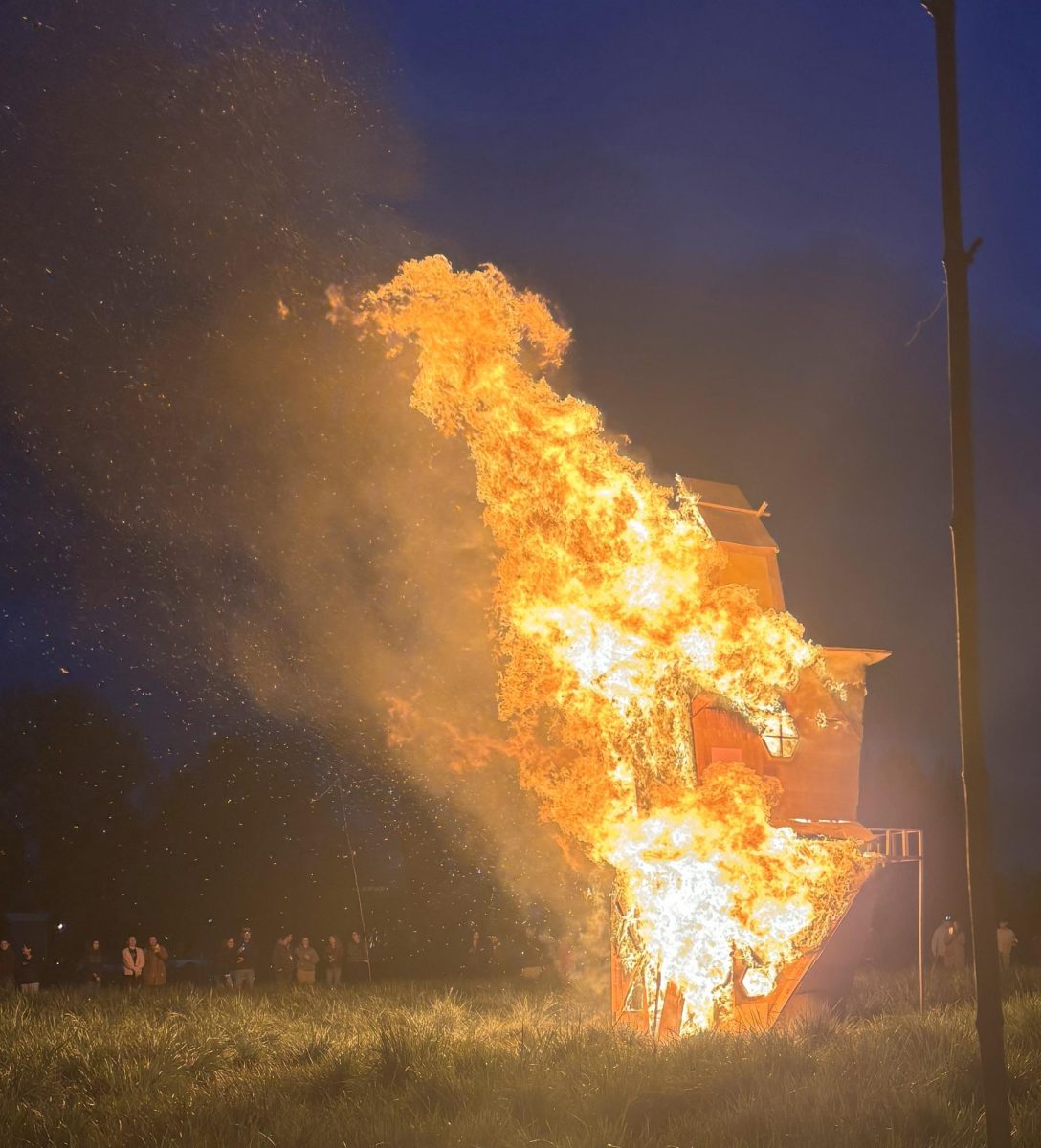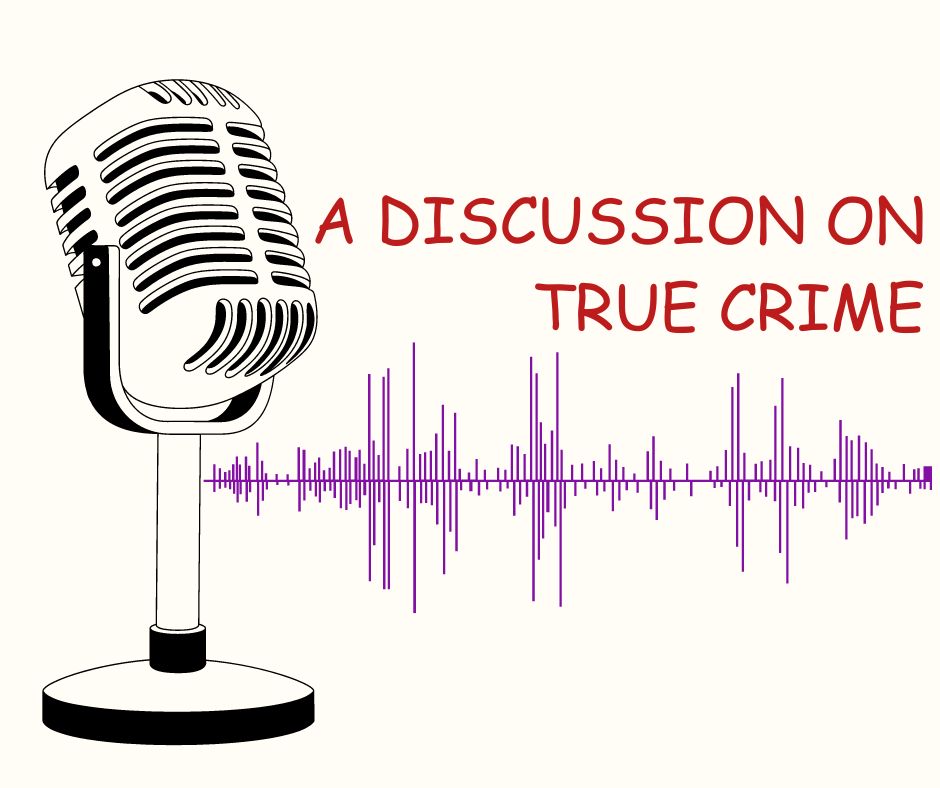Amanda Summers – copy editor. The Portland Baroque Orchestra provided a musical treat for students, faculty and community members Dec. 2 with its performance, “Bach’s Joyful Noise.”
“It totally reignited my passion and enthusiasm for baroque and early music,” sophomore Chelsea Janzen said. “I was smiling the whole time.”
The program began with Johann Sebastian Bach’s Brandenburg Concerto No. 2 in F major, a lively piece strongly influenced by Vivaldi. A three-movement work, the concerto began with the entire ensemble playing — violins, violas, violoncello, contrabass, trumpet, oboe and recorder. Audience members were focusing, however, on the bouncing man playing the harpsichord, who was so involved with the music that he accented every note with a movement of his body.
The second movement was more subdued and lyrical, featuring solos from the violin, oboe and recorder.
In the third movement, the tempo picked up once more with rhythmically driven trumpet, oboe, violin and recorder solos.
The second piece performed was Bach’s Harpsichord Concerto No. 3 in D Major. Originally a violin concerto, Bach eventually transformed it into a concerto for harpsichord and string accompaniment.
“I’ve never actually seen a harpsichord played before, and it was amazing to see that,” sophomore Kaia Machalek said.
Next up was the Harpsichord Concerto No. 6 in F Major, also composed by Bach. This work began its life as the Brandenburg Concerto No. 4, but Bach later transcribed it for himself to play as a harpsichord concerto. This particular concerto also featured two recorders. These aren’t your second-grade music class recorders, however; these are instruments and musicians capable of dynamics, harmonies and true musicality.
Between the second and third movements of the piece, Alexander Weimann, harpsichord player and guest director for the orchestra, stopped to tune the instrument.
“Did somebody breathe?” Weimann said, joking about the intense temperamental tendencies of the instrument.
Fourth on the program was Unico Wilhelm van Wassenaer’s Concerto No. 1 in G Major, a composition previously misattributed to composers such as Ricciotti, Handel and Pergolesi. This piece contained a lovely dialogue between the violoncello and two violins.
The last work on the program was the Concerto No. 3 in D Major for trumpet, two oboes and strings, composed by Georg Philipp Telemann. Of Telemann’s 600 concertos, this is the only one in which a solo trumpet is accompanied by two oboe soloists.
“It was great to hear these kinds of instruments that you don’t usually hear,” freshman Wesley Yurovchak said. “It’s cool that Linfield can bring them here and let students listen for free.”
Throughout the entire performance, each musician’s personality shone onstage with dance-like movements made while playing. Although thoroughly invested in their individual parts, there was a synchronicity in the music that could not be denied. The head bobbing of the
violoncellos, the ducking and swaying of the violins and violas and the pursed lips of the harpsichordist added another element to the already wonderful music.






